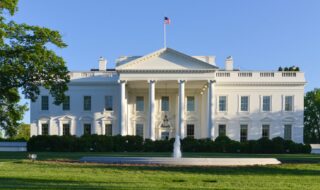Topics:
Small Business Optimism Declines as Expectations for Better Business Conditions Worsens in December
Small Business Optimism Declines as Expectations for Better Business Conditions Worsens in December
January 10, 2023
Small Business Optimism Declines as Expectations for Better Business Conditions Worsens in December
- Forty-one percent of owners reported job openings that were hard to fill, down three points from November but historically very high.
- The net percent of owners raising average selling prices decreased eight points to a net 43% (seasonally adjusted), historically high.
- The net percent of owners who expect real sales to be higher worsened two points from November to a net negative 10%.
Get to know NFIB
NFIB is a member-driven organization advocating on behalf of small and independent businesses nationwide.
Related Articles

July 10, 2025
Historic Legislation Becomes Law and Stops Massive Tax Hike on…
The One Big Beautiful Bill Act is signed into law, permanently extending th…
Read More


July 10, 2025
Small Businesses Get Key Wins During 2024-25 U.S. Supreme Court…
The NFIB Small Business Legal Center secured three much-needed wins on beha…
Read More


July 10, 2025
NFIB Nebraska Reacts to New Optimism Report
NFIB Nebraska State Director Ryan McIntosh reacts to Small Business Optimis…
Read More


July 10, 2025
NFIB Minnesota Reacts to New Optimism Report
NFIB Minnesota State Director Jon Boesche reacts to Small Business Optimism…
Read More







